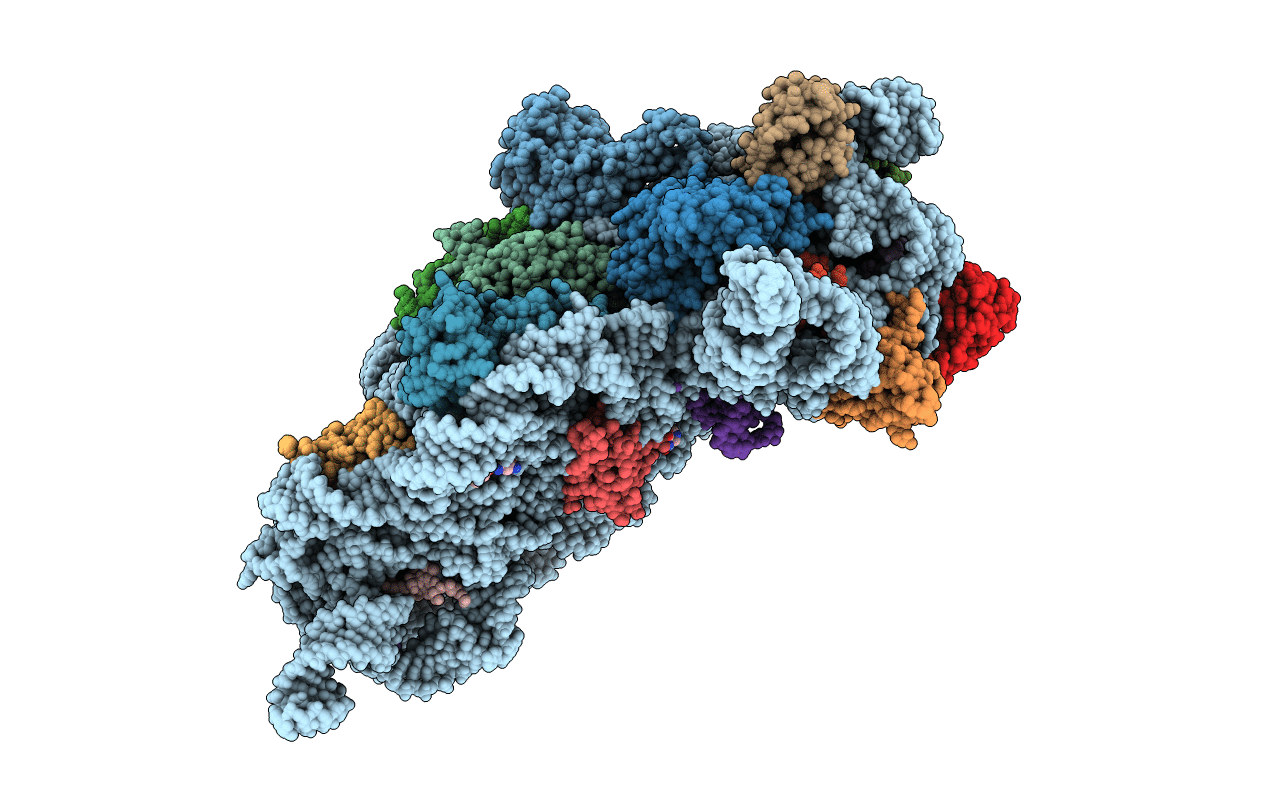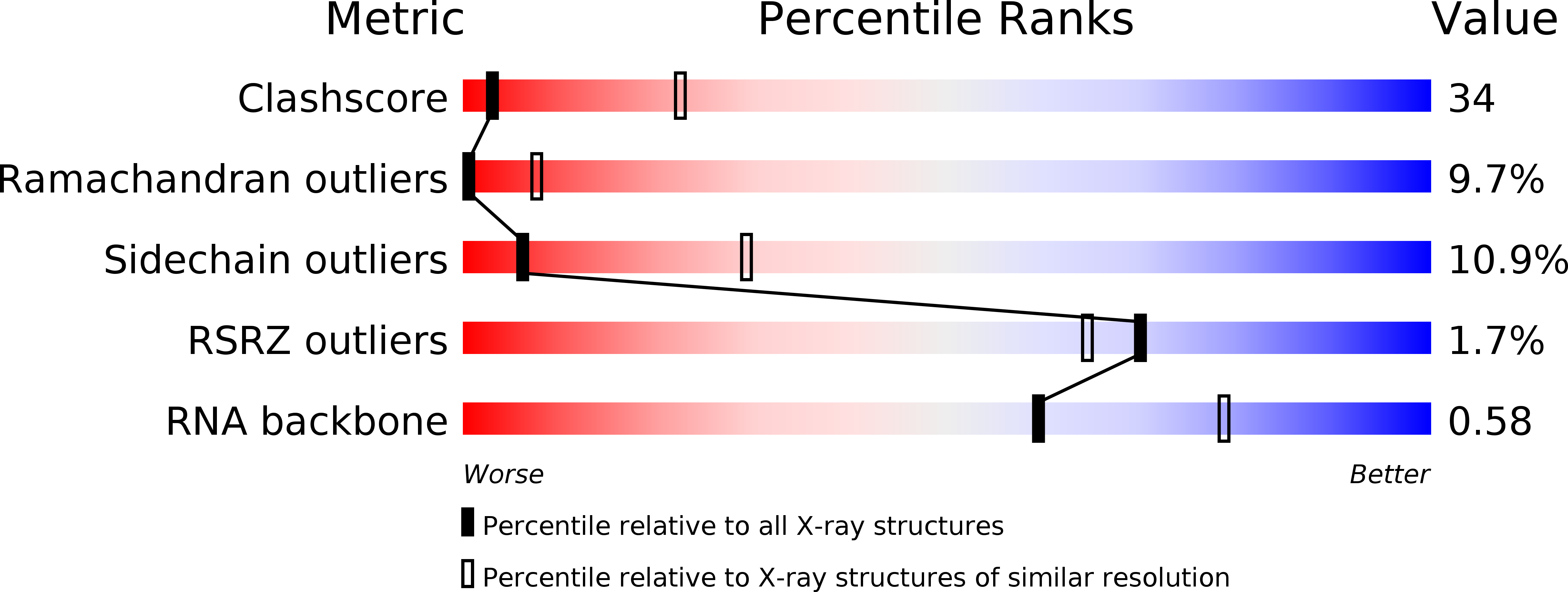
Deposition Date
2012-04-20
Release Date
2012-07-18
Last Version Date
2023-12-20
Method Details:
Experimental Method:
Resolution:
3.50 Å
R-Value Free:
0.23
R-Value Work:
0.19
R-Value Observed:
0.19
Space Group:
P 41 21 2


